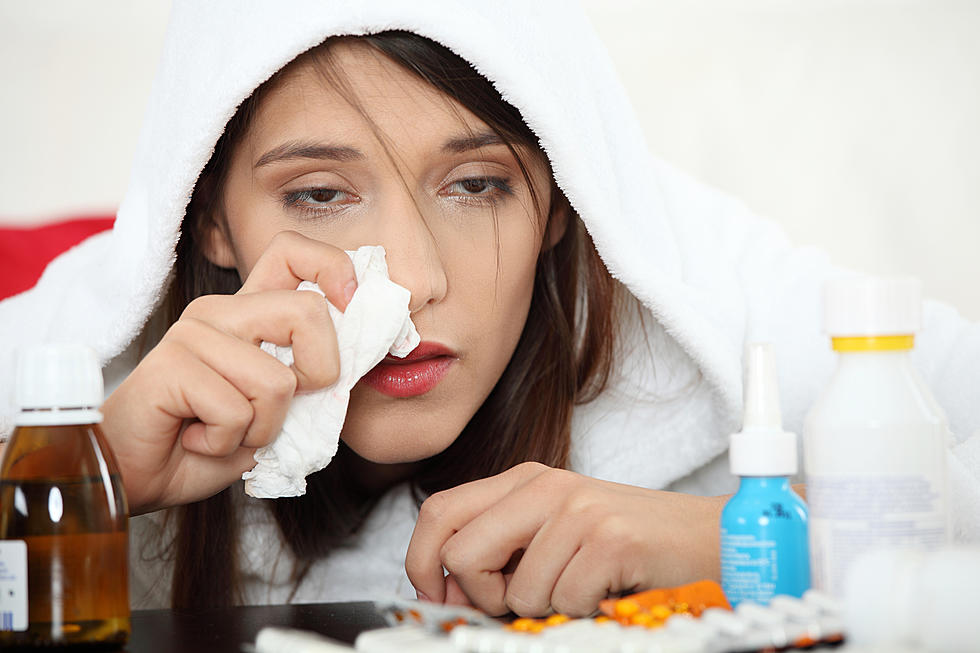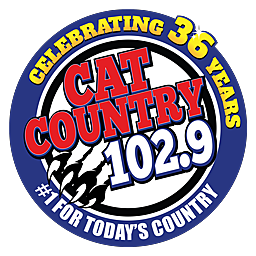
10 Tips to Stay Safe and Avoid Animals While Driving
An estimated 200 people die each year as the result of a collision with a deer or other animal, according to the Insurance Information Institute.
Animals, primarily deer, are involved in more than 1 million collisions each year with vehicles, according to the III.
The message is particularly timely as deer migration and mating season generally runs from October through December. As a result, more deer-vehicle collisions occur in this period than at any other time of year.
An estimated 1.23 million deer-vehicle collisions occurred in the U.S. between July 1, 2011 and June 30, 2012, costing more than $4 billion in vehicle damage, according to State Farm, the nation's leading auto insurer.
“Although deer and other animals are unpredictable, and Montanans never know when one might dash in front of their vehicle, there are actions Montanans can take to help prevent an accident or reduce the damage from an animal collision,” said Anna O’Donnell, Spokesperson with AAA Mountainwest, which includes Montana, Wyoming and Alaska.
Following are 10 tips that could help prevent you from an accident, injury or even death.
1. Keep your eyes moving back and forth. Continuously sweep your eyes across the road in front of you for signs of animals and movement. Animals may also be alongside the road, so make sure to look to the right and left, as well. While the most likely accident is you hitting an animal, on occasion they might also hit you by running into the side of your car.
2. Be especially attentive in early morning and evening hours. Many animals, especially deer, are most active from 5 a.m. to 8 a.m. and 5 p.m. to 8 p.m. – prime commuting times for many Montanans.
3. Use high beams when there’s no oncoming traffic. You can spot animals sooner. Sometimes the light reflecting off their eyes will reveal their location.
4. Slow down, and watch for other deer to appear. Deer rarely travel alone, so if you see one, there are likely to be more nearby.
5. Slow down around curves. It’s harder to spot animals down the road when going around curves.
6. One long blast. A long blast on your horn may frighten animals away from your vehicle.
7. Use brakes if an impact is imminent. Don’t swerve. Instead, stay in your lane. Swerving away from animals can confuse them so they don’t know which way to run. It can also put you in the path of oncoming vehicles or cause you to crash into something like a lamppost or a tree.
8. Always wear a seatbelt. The chances of getting injured when hitting an animal are much higher if you don’t have your seatbelt on. Also never drive drunk, distracted or drowsy.
9. Don’t go near a wounded animal. A wounded animal can be unpredictable and cause injury. If it’s in the middle of the road and blocking traffic, call the police immediately.
10. Consider purchasing comprehensive insurance, if you don’t already have it. Comprehensive insurance is the type of insurance that covers animal strikes.
More From Cat Country 102.9
![Courtesy Spray, Please? [Opinion]](http://townsquare.media/site/109/files/2015/09/image1-2.jpg?w=980&q=75)
![Why is Jeannette Rankin Being Considered for the $10 Bill? [Opinion]](http://townsquare.media/site/109/files/2015/09/GettyImages-2668396.jpg?w=980&q=75)
![‘The Voice’ Coaches Cover Each Other’s Songs in New Trailer [Watch]](http://townsquare.media/site/204/files/2015/09/the-voice.jpg?w=980&q=75)

![Lady Antebellum, Cam Join Forces for ‘Cowboy Take Me Away’ [Watch]](http://townsquare.media/site/204/files/2015/09/lady-antebellum-cam.jpg?w=980&q=75)




